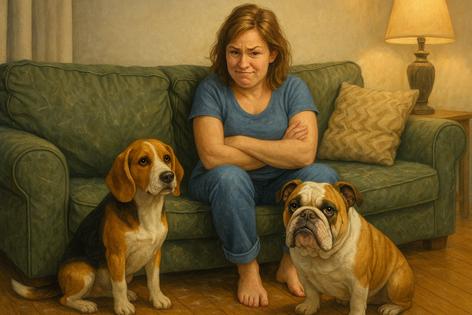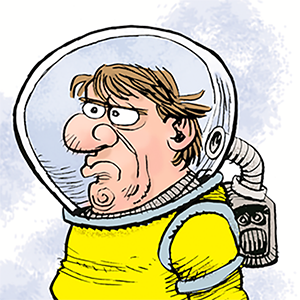Fighting the Fur: How to Keep Short-Haired Dogs From Taking Over Your Home
Published in Cats & Dogs News
Short-haired dogs—beagles, hounds, boxers, pit bulls—look deceptively tidy. Their sleek coats give the illusion of low maintenance. Then you sit on your couch, glance down, and realize your black jeans have gone beige. Those fine, needle-like hairs seem to weld themselves to every surface.
The truth is, short fur can be more persistent than long fur. It wedges into upholstery, clings to car seats, and creates that perpetual halo of dust in a shaft of sunlight. Fortunately, a little science and a steady routine can turn the tide.
Understanding the Shed Cycle
Dogs shed for one reason: new hair pushes out old. In most short-haired breeds, that cycle happens steadily year-round, with heavier bursts in spring and fall. The short, stiff hairs don’t mat or tangle—they simply let go and travel. Because they’re so small, they fall between fibers and stay put.
Nutrition and stress can magnify shedding. Diets rich in omega-3 and omega-6 fatty acids help skin stay supple, which keeps follicles healthy. Abrupt food changes or illness can cause “blow-out” shedding—when the coat releases in handfuls.
Brushing: The First Line of Defense
Even short coats need daily or near-daily attention during heavy shed seasons. Rubber curry brushes and grooming gloves pull loose hair without scratching the skin. For beagles and hounds, a quick five-minute rubdown after a walk works wonders. The key is consistency: frequent short sessions beat occasional long ones.
A finishing pass with a slightly damp microfiber cloth collects stragglers. If you brush outdoors, the birds will thank you; those hairs make excellent nest lining.
Bathing the Right Way
Weekly baths aren’t necessary and can dry a dog’s skin. Every three to four weeks is plenty unless your hound rolls in something unspeakable. Use a gentle, pH-balanced shampoo, and follow with a rinse longer than you think you need—the residue from soap can irritate skin and trigger more shedding.
A high-velocity pet dryer or even a hair dryer on cool setting can blow out dead hair efficiently. Just keep the nozzle moving and avoid the face and ears. That step alone can remove what would have ended up embedded in your sofa.
Managing the Fallout Indoors
Vacuuming is half the battle. Use a machine with a rotating brush or rubberized pet attachment; suction alone won’t dislodge short hairs. For furniture, a dampened latex glove or a rubber squeegee collects fur faster than lint rollers.
Wash bedding and blankets weekly. Add a half-cup of white vinegar to the rinse cycle—it relaxes fibers and helps hair release. Running bedding through the dryer for ten minutes before washing will also shake loose clinging fur.
Car interiors can be the worst. Keep a small hand vacuum in the trunk, or line seats with washable covers. It’s easier to strip off a cover than detail a car.
Diet, Supplements, and Skin Health
Healthy skin sheds less. Look for foods with salmon, flaxseed, or other omega-rich ingredients. Some owners swear by adding a teaspoon of fish oil to meals, but consult your vet first—too much fat can cause digestive issues.
Watch for dryness, bald spots, or sudden heavy shedding. Those can signal allergies, parasites, or thyroid imbalances. A vet visit and basic bloodwork can rule out underlying problems.
Accepting a Little Chaos
At some point, perfectionism has to yield to the nature of the beast. Short-haired dogs are affectionate, funny, and rarely fussy about grooming. A few stray hairs are a small tax for all that character. Keep the lint roller by the door, the vacuum filters clean, and remember: a little fur means a lot of love.
========
This article was written, in part, utilizing AI tools.









Comments